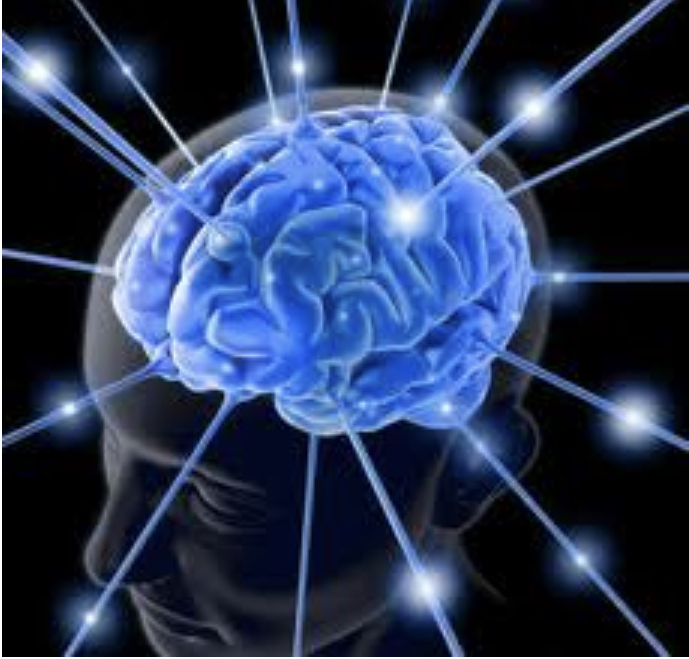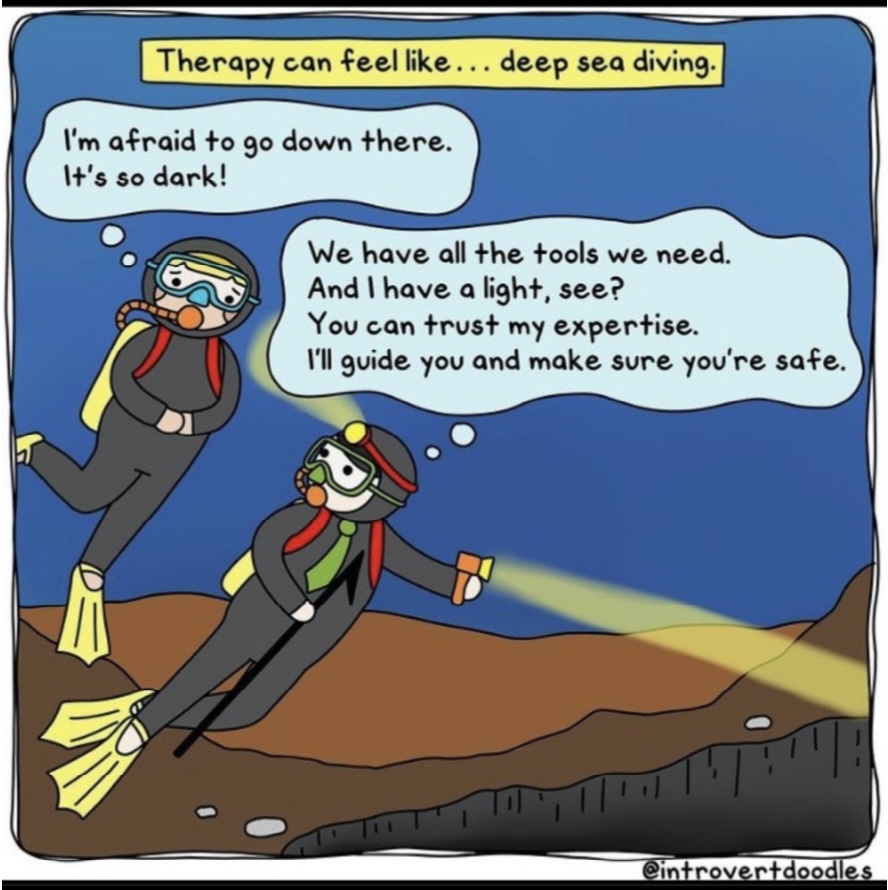Brainspotting


“What we think, our brains become.”
When we have lived thru a traumatic event, especially one we had to face alone, it persists in our brains and our bodies. Trauma impacts our thoughts, feelings, and actions in ways we may not realize, even after we've talked about it, even when we think we “know all about it.” But there is often more to “it” than we know. Our defense systems are excellent at hiding some of our pain away, packed deep within us, far below the verbal realm; we call these Hidden Nodes of Trauma. Brainspotting is a treatment modality that utilizes eye position to access these Hidden Nodes of Trauma to be processed and resolved. Brainspotting will not erase the memory, but it will transform its power.
“Our bodies keep the score.”
As a trauma therapist, I help people to regain balance between their past experiences and their present. Because memory is stored throughout our brain and we often take for granted how our five senses (sight, sound, touch, taste and smell) can unlock our experiences. Brainspotting is a powerful and innovative technique that harnesses our innate virtual reality to produce profound levels of healing.

“Where we look, affects how we feel.”
Dr. David Grand, the founder of Brainspotting explains “where we look affects how we feel”. But what does this mean? It refers to the neurological and physiological processes linked in our subcortical, or “deep” brain. Brainspotting practitioners use a number of techniques and tools to help our clients find and work to decrease their anxiety, anger, fear, shame, guilt, and grief. However, the great news is that Brainspotting can also be used to increase potential, anchor feelings of calm, and expand one’s inner light. Expansion Brainspotting is for anyone who wants to improve their performance, whether in sports, business, or relationships.
There are myriad applications for Brainspotting. Together we will discover what’s best for you.

Change is the process of getting out of the old ruts and improving our better avenues. This fairly recent discovery of life-long brain plasticity should give us encouragement: Change is not only possible, it is completely natural. As new neural pathways are laid down, the old ones begin to weaken from lack of use. It is also natural that old habits can be hard to break. We gain patience when we understand that it may take many repetitions of a new thought or behavior to carve out a different avenue for neural function. We can slowly build healthy mental tendencies for awareness and wisdom, kindness and compassion with dedication. There is power in the right kind of repetition...That is why we practice.
For centuries, the experiences of contemplative practitioners have shown that transformation is possible. More recently, neuroscience has discovered a previously unknown potential for brain plasticity throughout one’s lifespan. This is the good news: with repeated practice the brain can be changed, and to a surprising degree. Today’s brain imaging tech can show us pictures of the changes healed people have been talking about forever. Indeed, neural plasticity is always operative, so the brain is continuously being “rewired” based on our experiences. The key is to put some conscious intention into what those experiences are.
This process is not an easy one: we are working against deep mental grooves that have been reinforced thousands, if not millions, of times. Competing with hardwired patterns takes a lot of energy—meaning both intentional effort and cellular energy are needed to support synaptic remodeling. I’ve been and Art Therapist for over 25 years and have always found it to be wonderful for my clients. I’ve been a Brainspotting Therapist for 4 years now and Brainspotting has blown me away with the fast and positive results folks report, time and again. My hope is that this can be true for you as well.
